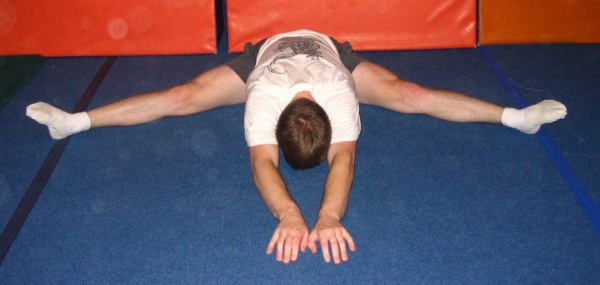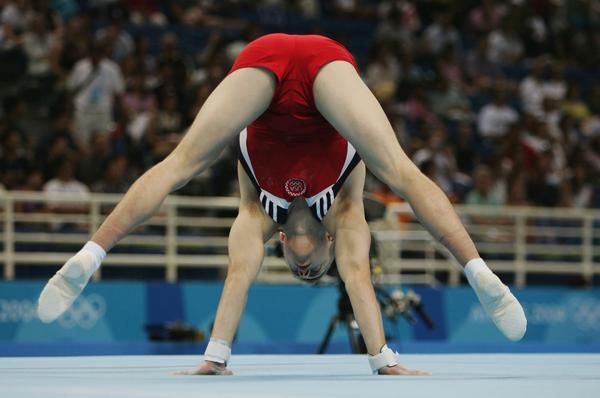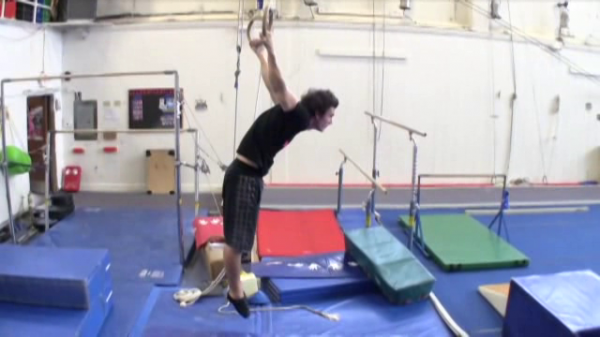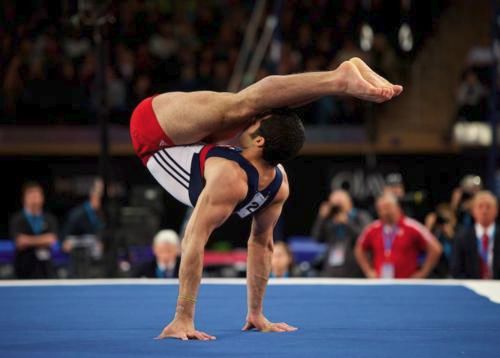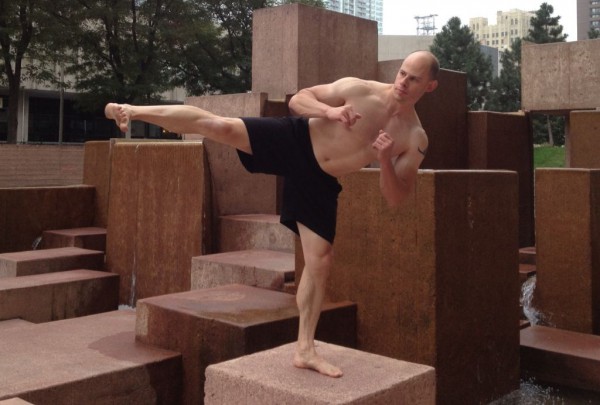 There is nothing like a strong pair of legs.
There is nothing like a strong pair of legs.
You can keep your strong core, wide shoulders and massive arms. My experience has taught me that all of the strength and conditioning in the world is practically worthless without a strong set of legs.
But hold the phone, strong muscles alone won’t build strong legs. True strength for the field, court or mountain requires much more than a lot of horsepower in the engine. In order to fully unleash your lower body strength you must also possess the following:
– Balance and control
Strong muscles without balance and control is like putting a massive engine in a car with bald tires and worn out brakes. Either you’ll never use all of that power or you’ll end up crashing. Control ensures you can use all of the power you have and use it in the most effective way.
– Flexibility
For every muscle you contract there is one that must lengthen. When the muscles are tight and resist lengthening you’re literally fighting your own tension. Becoming even a little more flexible ensures that you’ll have less resistance holding you back in everything you do.
– Strength and stamina in supporting muscles
When it comes to leg strength, we tend to focus on the bigger muscles in the legs like the quads, hamstrings, glutes and calves. These are important for sure, but what about some of the smaller and more subtle muscle groups like the ones in the feet and hips? While not the biggest or most powerful lower body muscles, weakness in these smaller muscles can greatly handicap the bigger muscles.
Calisthenics is a very effective way to condition all three of these characteristics. It’s impossible to even attempt moves like lunges and single leg squats without developing balance, flexibility and strength in the supporting muscles.
That being said, it doesn’t hurt to further develop those weak links in the lower body chain. Doing so can make your weakest link so strong that your entire body can reach new levels of performance.
The following video showcases an exercise which is great at developing your balance, flexibility and strength.
***
Matt Schifferle a.k.a The Fit Rebel made a switch to calisthenics training 5 years ago in an effort to rehab his weight lifting injuries. Since then he’s been on a personal quest to discover and teach the immense benefits of advanced body weight training. You can find some of his unique bodyweight training methods at www.RedDeltaProject.com.

